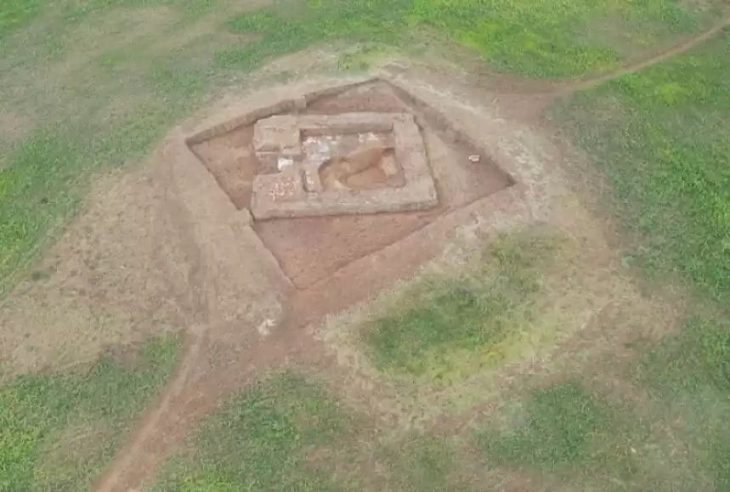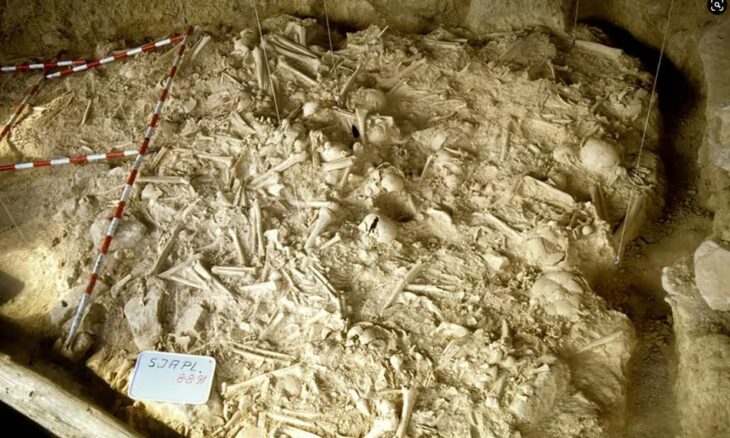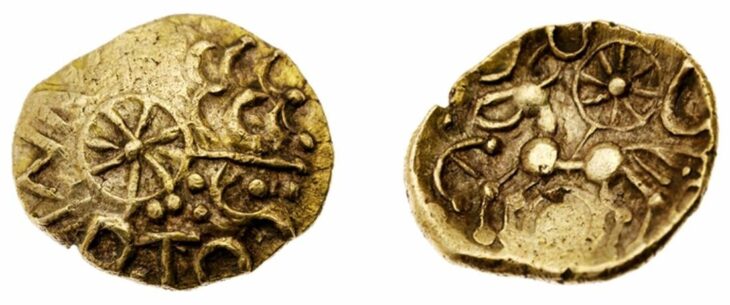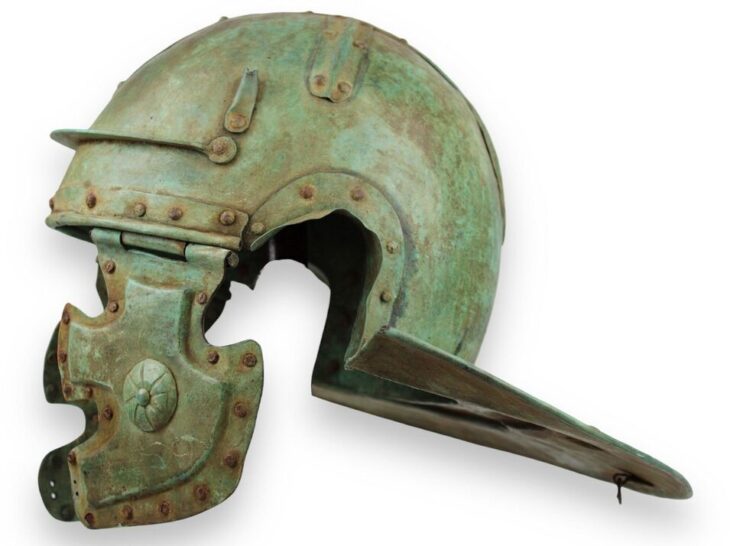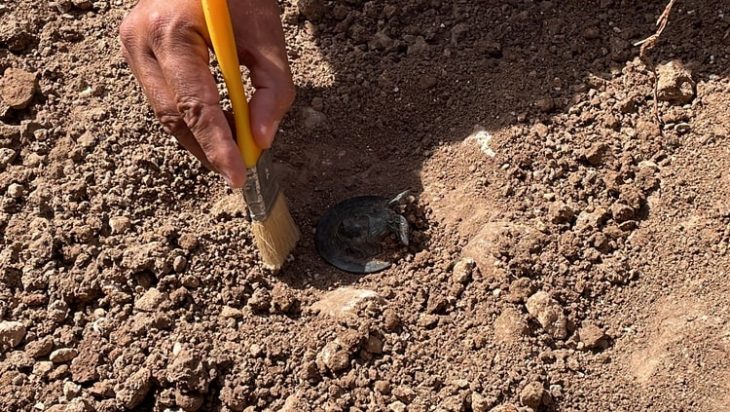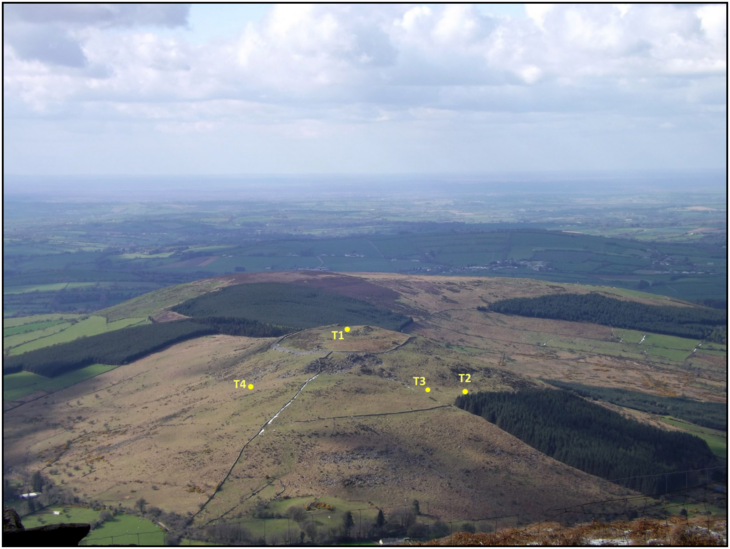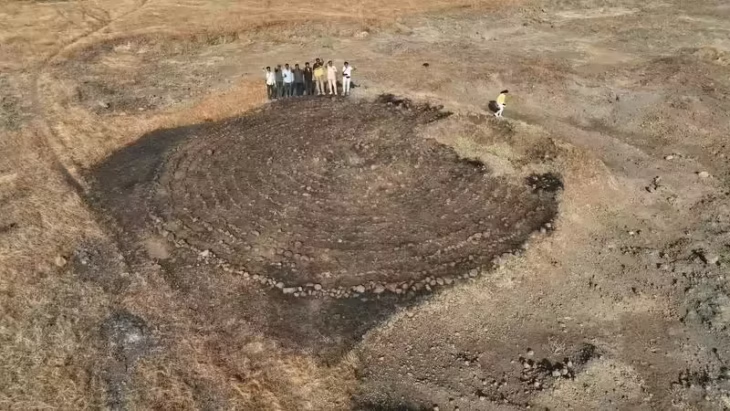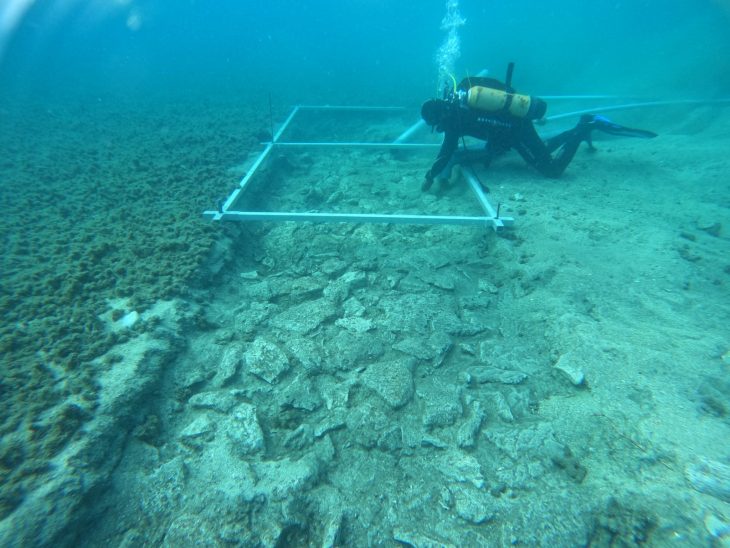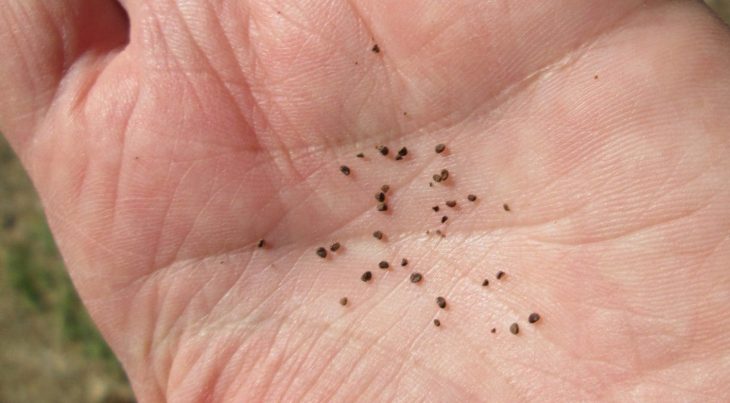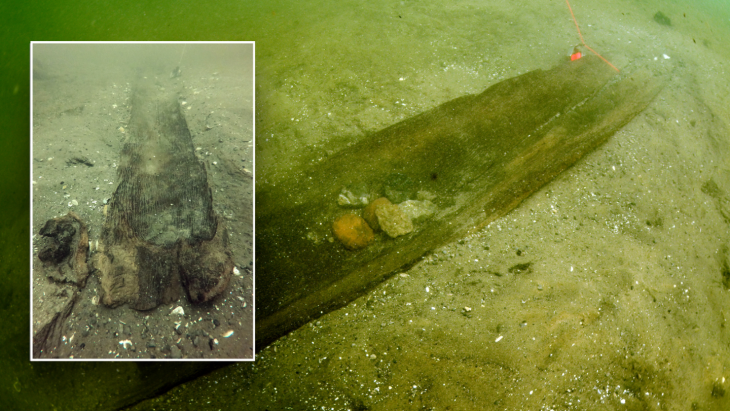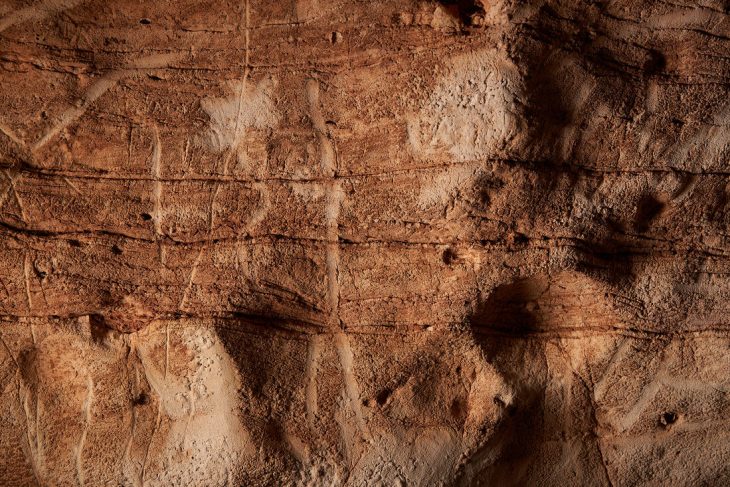On Peru’s central coast, archaeologists discovered a mummy estimated to be at least 800 years old.
The mummy’s body was tied up by ropes and the hands were covering the face, which experts say would be part of the local funeral pattern in Peru.
The mummified remains were said to be of a person from the culture that developed between the coast and mountains of the country, before the rise of the Inca Empire in the 1400s.
While the mummy’s gender has not been identified, archaeologist Pieter Van Dalen Luna, from the State University of San Marcos, has said they were discovered in an underground structure on the outskirts of the city of Lima. It is believed that the remains are of a person who lived in the high Andean region of Peru.
Prof Van Dalen Luna said: “The main characteristic of the mummy is that the whole body was tied up by ropes and with the hands covering the face, which would be part of the local funeral pattern.
📣 Our WhatsApp channel is now LIVE! Stay up-to-date with the latest news and updates, just click here to follow us on WhatsApp and never miss a thing!!
“Radiocarbon dating will give a more precise chronology.”
Ceramics, vegetable remains, and stone tools were among the items found within the tomb, he added.
A mummy known as The Lady of Cao was discovered in 2006 in the archaeological site El Brujo, north of Trujillo in the country’s La Libertad Region. It is thought that the Lady of Cao died around 450AD and that she was a Moche ruler. Prior to her discovery, it was believed that only males high ranking positions in Moche culture.
Peru is home to hundreds of archaeological sites from cultures that existed before and after the Inca Empire. The empire ruled over the southern half of South America, from southern Ecuador and Colombia to central Chile.


